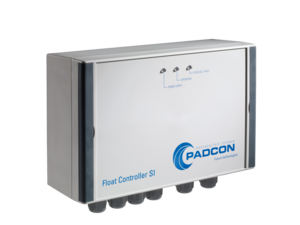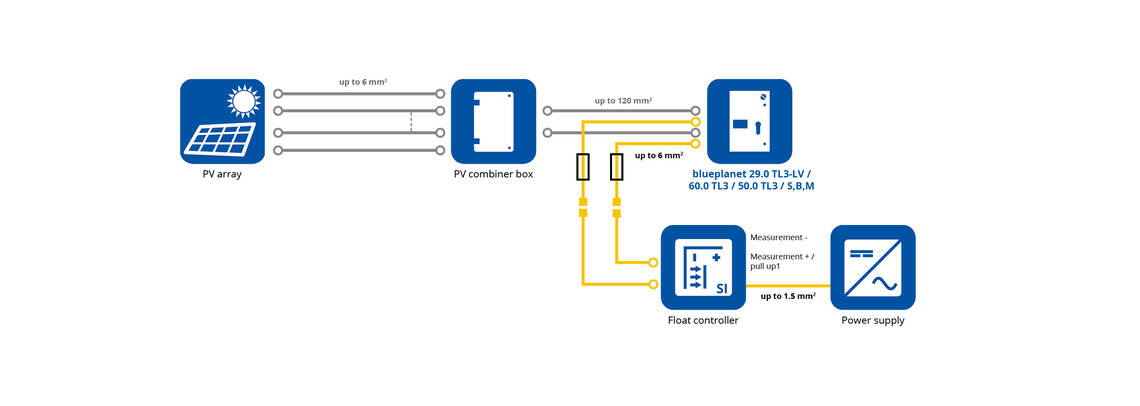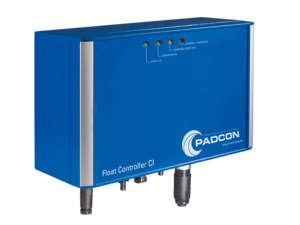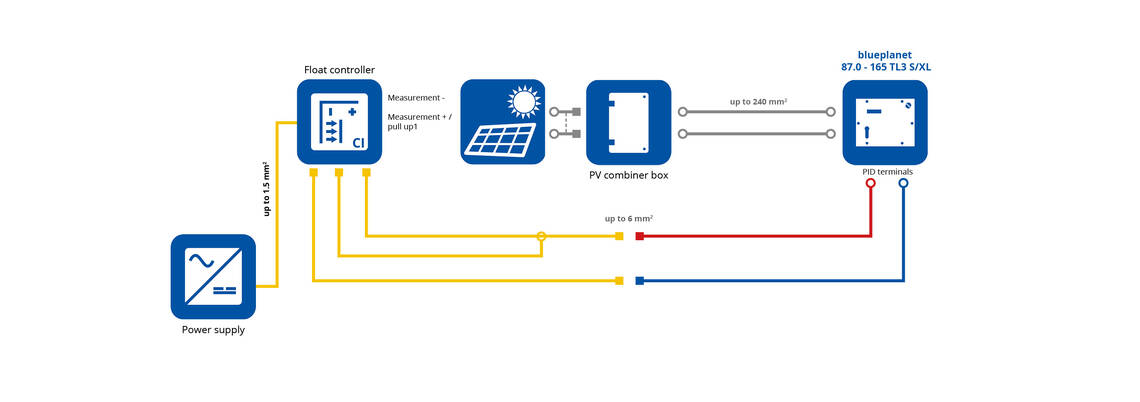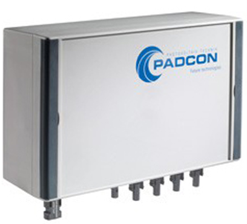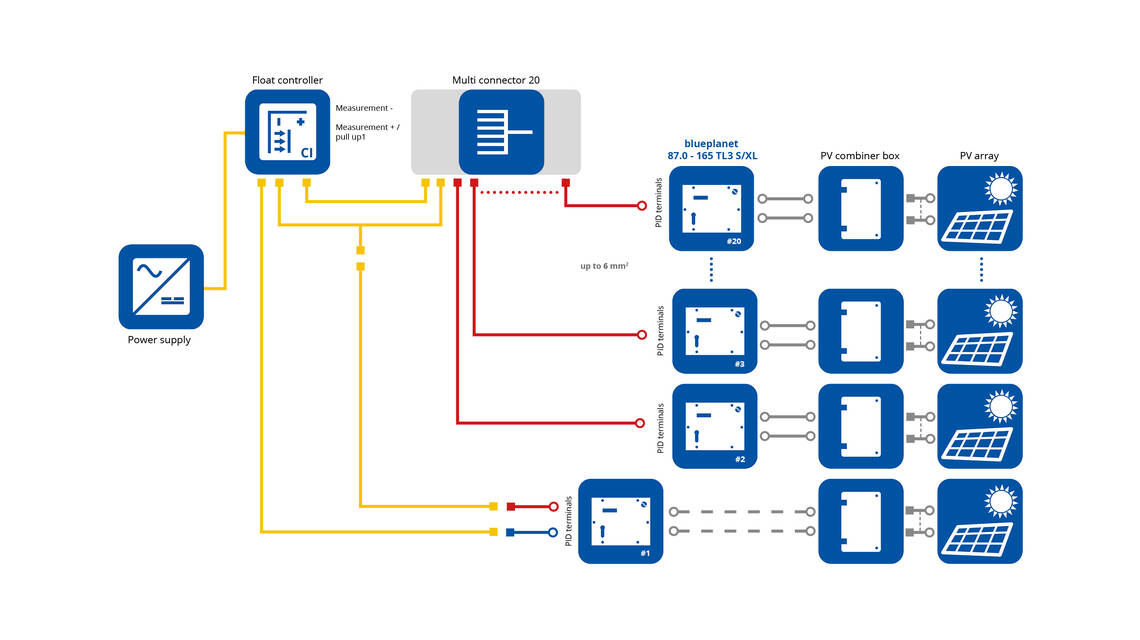
How to prevent the PID effect with KACO new energy inverters
Every PV string connected to a single- or a multi-MPPT inverter is subject to the PID effect, even though PV panel manufacturers protect their modules from this effect. The PID attacks the solar cell and significantly degrades its performance from the first day the PV plant begins operation. What is the PID effect, how does this happen, and how can inverters from KACO new energy help prevent it?
The PID is the abbreviation of the ‘’Potential Induced Degradation’’, which occurs in the semiconductor materials of the PV panel and affects their performance.
Each crystalline PV panel connected in series, form a string, which can be connected to a transformerless inverter. The aluminum frame of the panel must be grounded, the transformerless inverter then distributes the voltage at a negative and positive potential. During the operation of the PV panels, which have a negative potential to earth, electrons flow out from the solar cells and go towards the module frame (leakage currents).
The PID effect will be strongly increased, depending on the quality of your PV panels, the length of the module strings, high ambient temperature, and humidity. This results in a poor performance of your PV plant with more than 50% damage to the PV panels, and a long payback period.
KACO new energy offers its customers the solution to mitigate the PID effect, by connecting their inverters and the PADCON float controllers, resulting in immediate recovery of the PID effect and regeneration of the PV panels performance. So far, all our grid-connected inverters are compatible with PADCON float controllers CI and SI. Each KACO inverter family has its own connection diagram of which you will find examples below (please contact us for further clarifications).
Float Controller SI
The Float controller SI is permanently connected with the KACO inverter, the PADCON device detects the voltage drop below a predefined threshold value, waits for a moment to ensure that it is sunset and then increases the PV strings to a positive potential (Plus to Ground potential) during the night.
In the morning, the float controller SI turns off and goes into standby mode. PV systems up to 110 kWp with up to three KACO inverters can be protected by the float controller SI during inverter inactivity.
Float Controller CI
There are two versions of the float controller CI 30 & 70, which can be used depending on the insulation resistance of the PV field, using PV panels with a system voltage between 1000V and 1500V. The Float controller CI can be connected to 20 X KACO inverters.
The Float controller applies adjustable voltage (+/ Gnd) to the PV strings connected with the KACO inverters just like the float controller SI, and immediately regenerates your PV installation up to 100% of the nominal capacity.
Certification: Compatibility with PADCON devices
PID regeneration devices compensate for the effects of “Potential Induced Degradation” (PID) within the field. The following blueplanet inverters from KACO new energy are compatible with the PID regeneration devices from PADCON.
PADCON Compatibility letter blueplanet 87.0 - 165.0 TL3
The PADCON float controller SI helps protect and regenerate harmed PV-generators. KACO new energy successfully tested different inverters between 3 and 60 kVA together with PADCON.
PADCON Compatibility letter blueplanet 3.0 - 60.0 TL3
Still questions about PID?
Please get in touch with our experts here.



